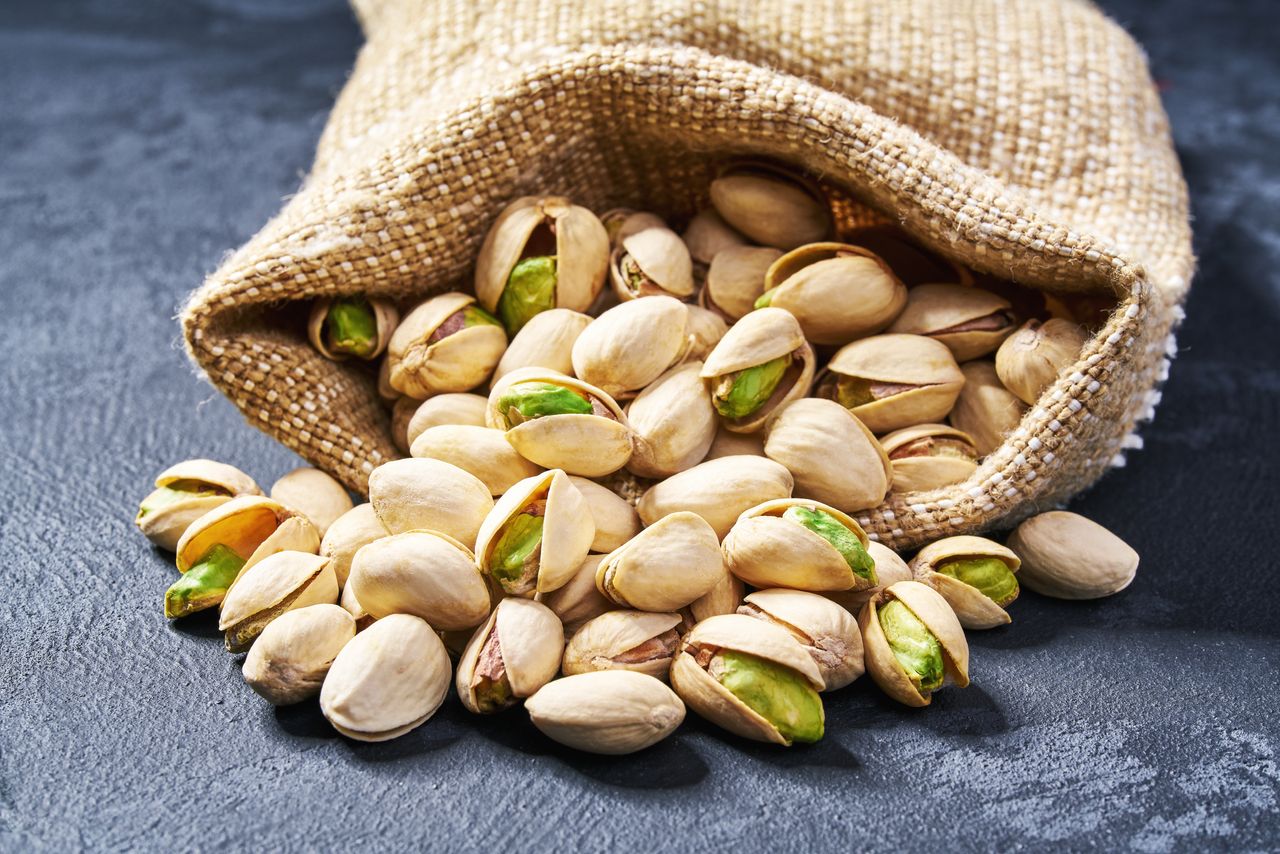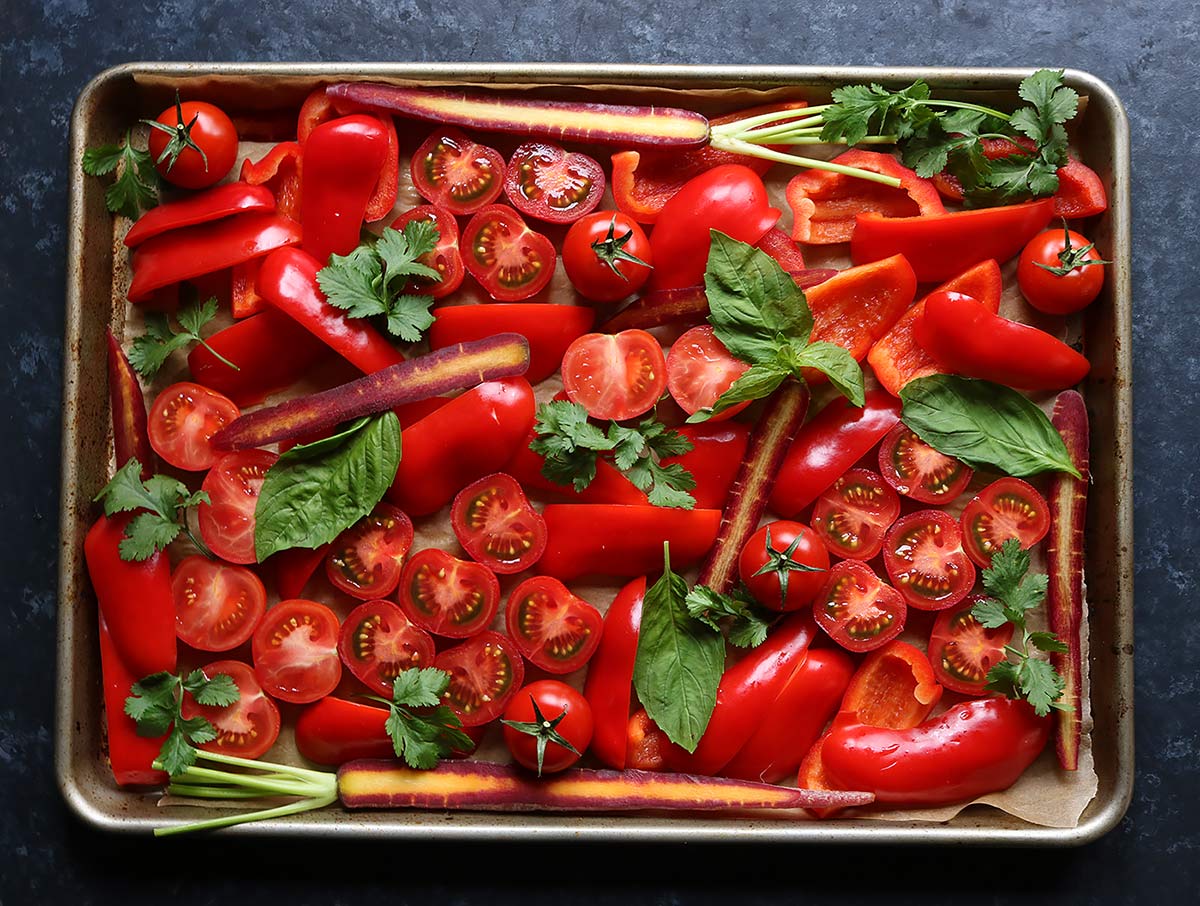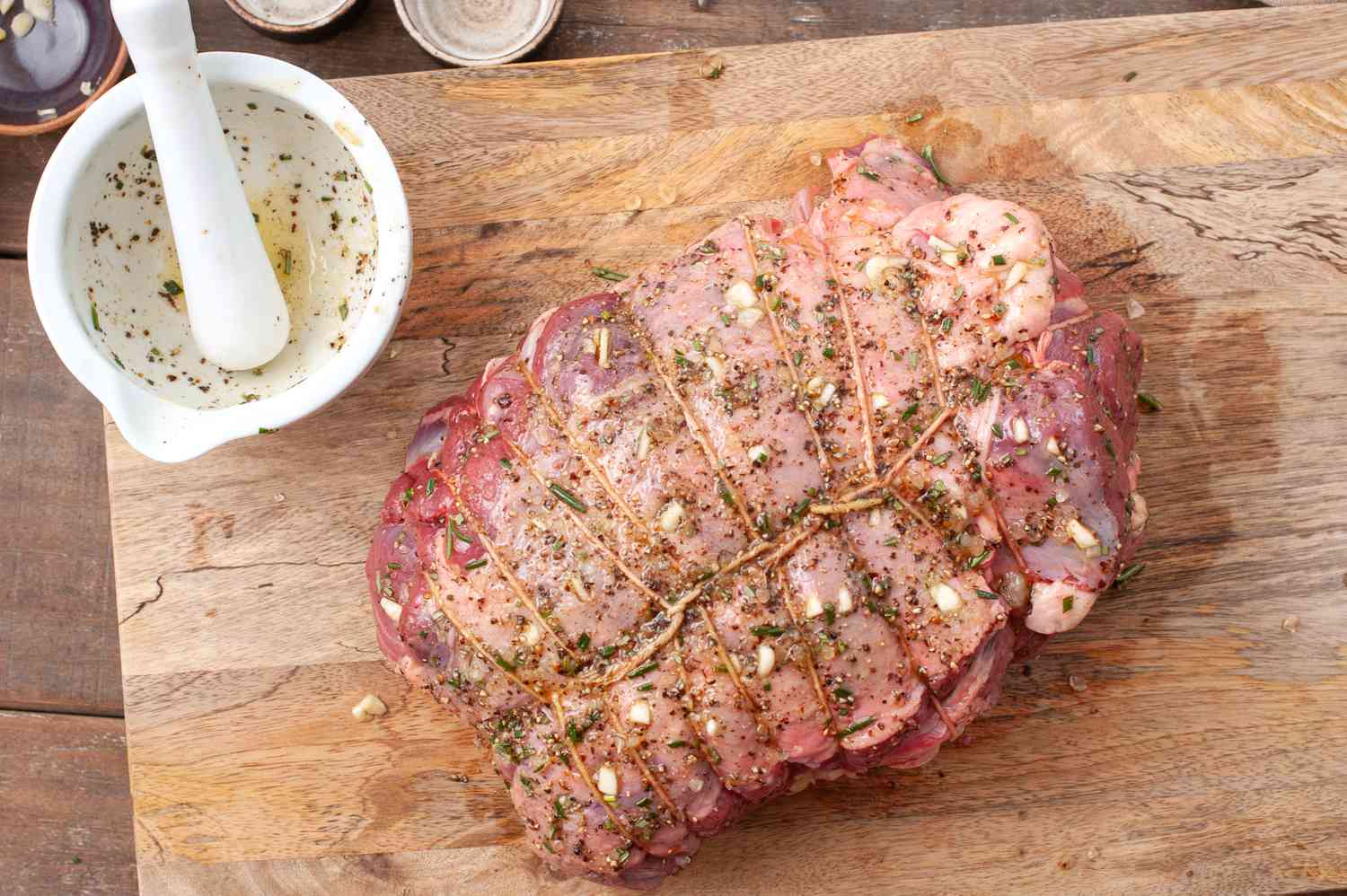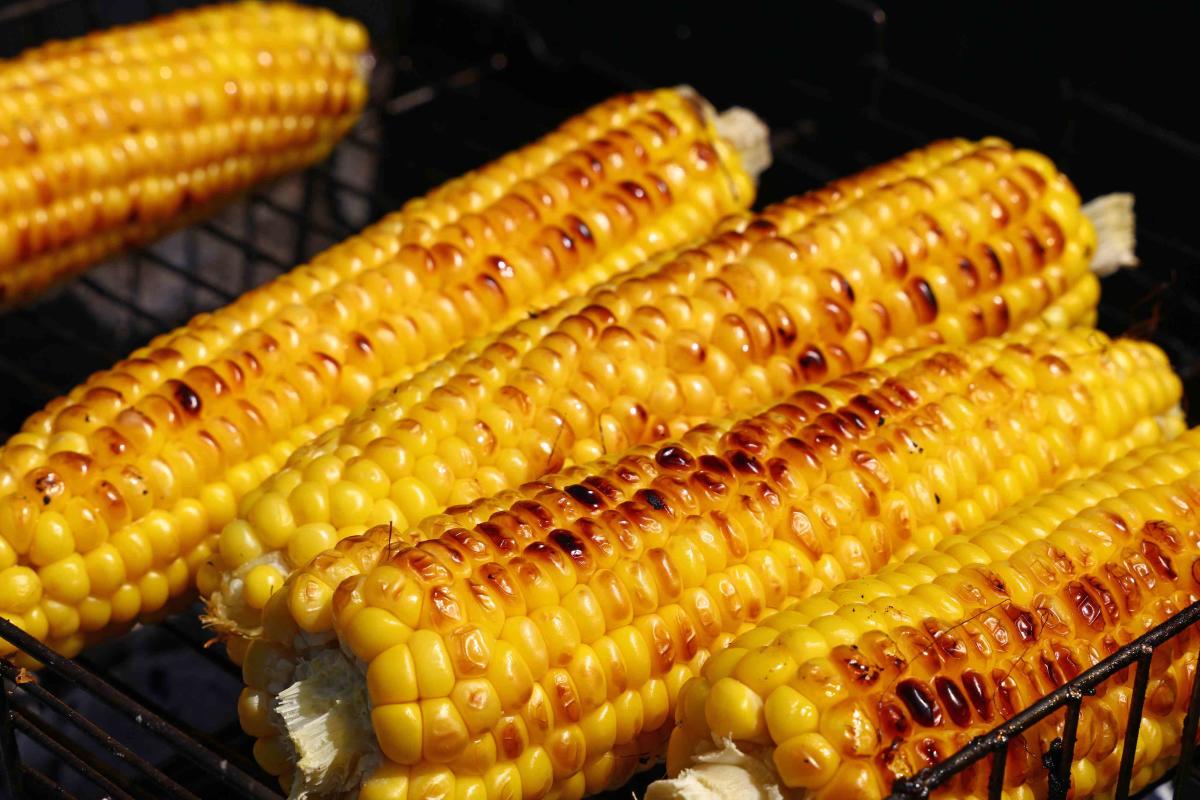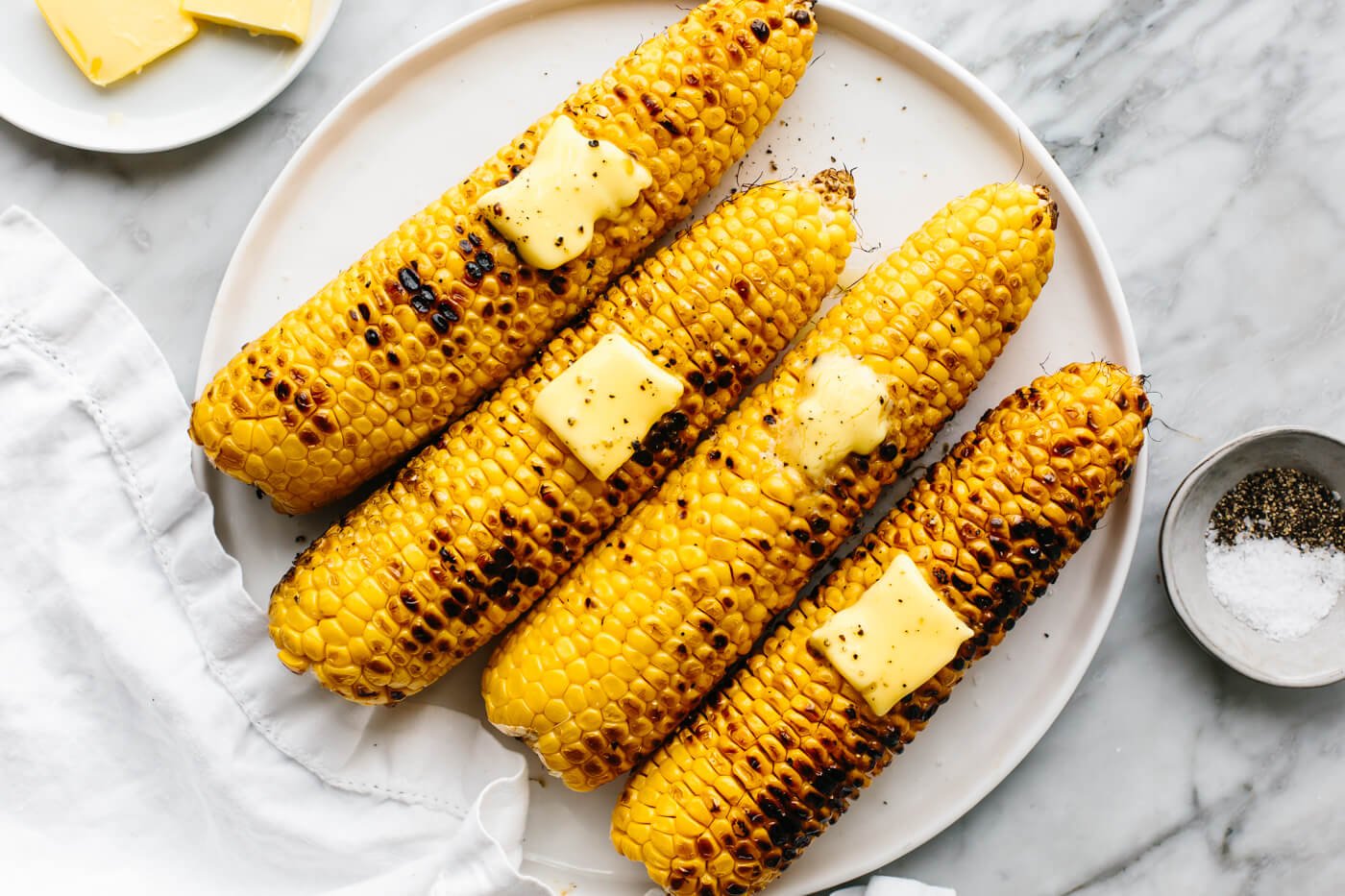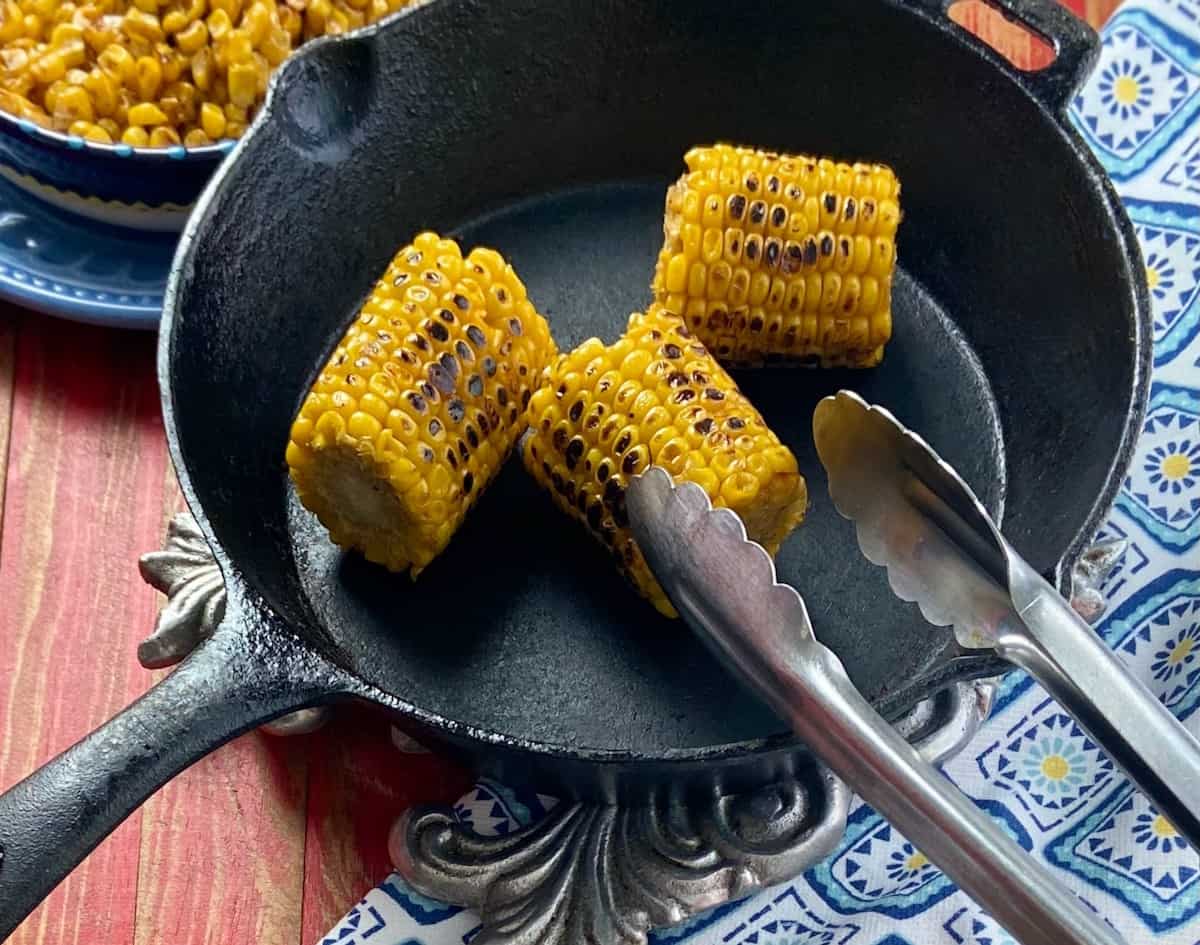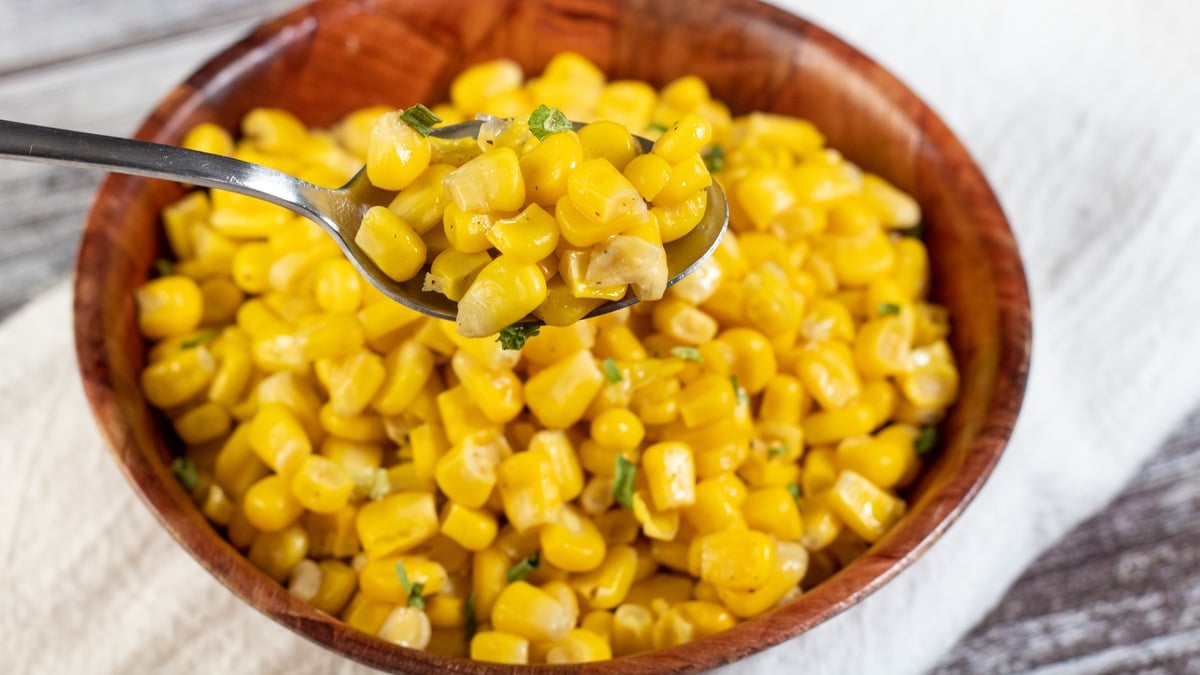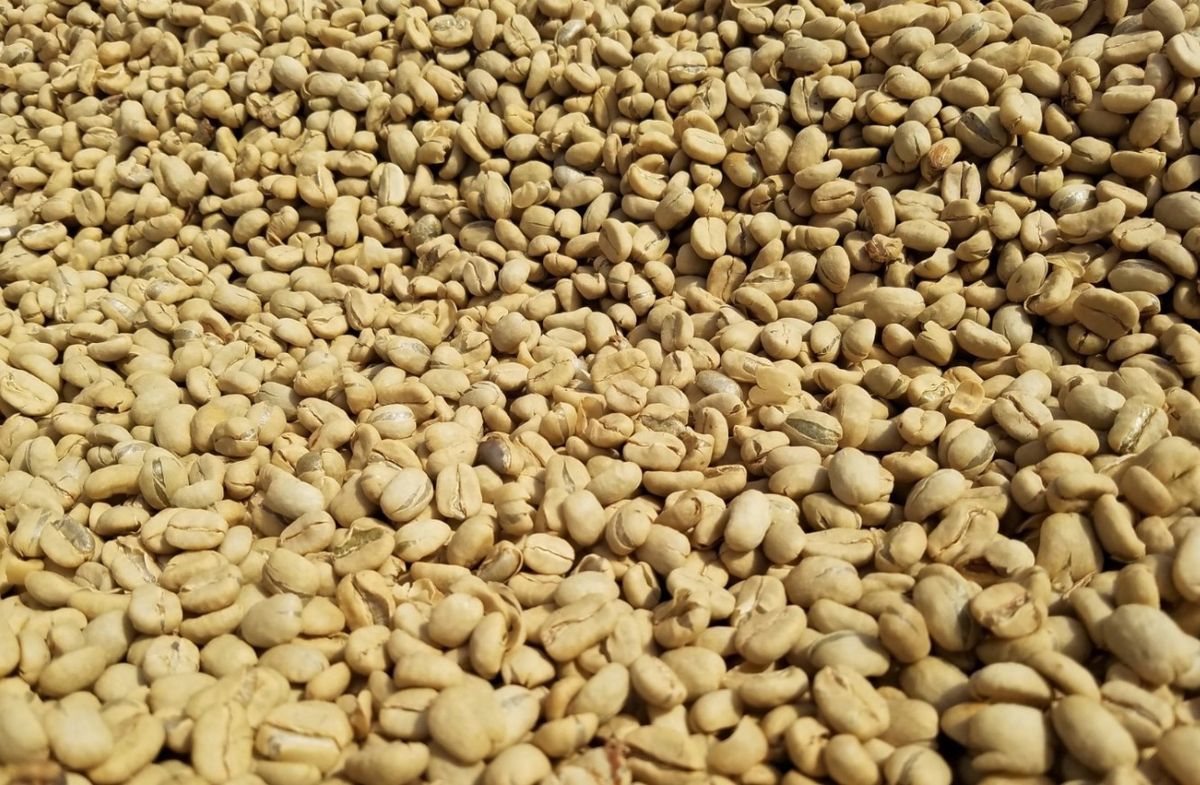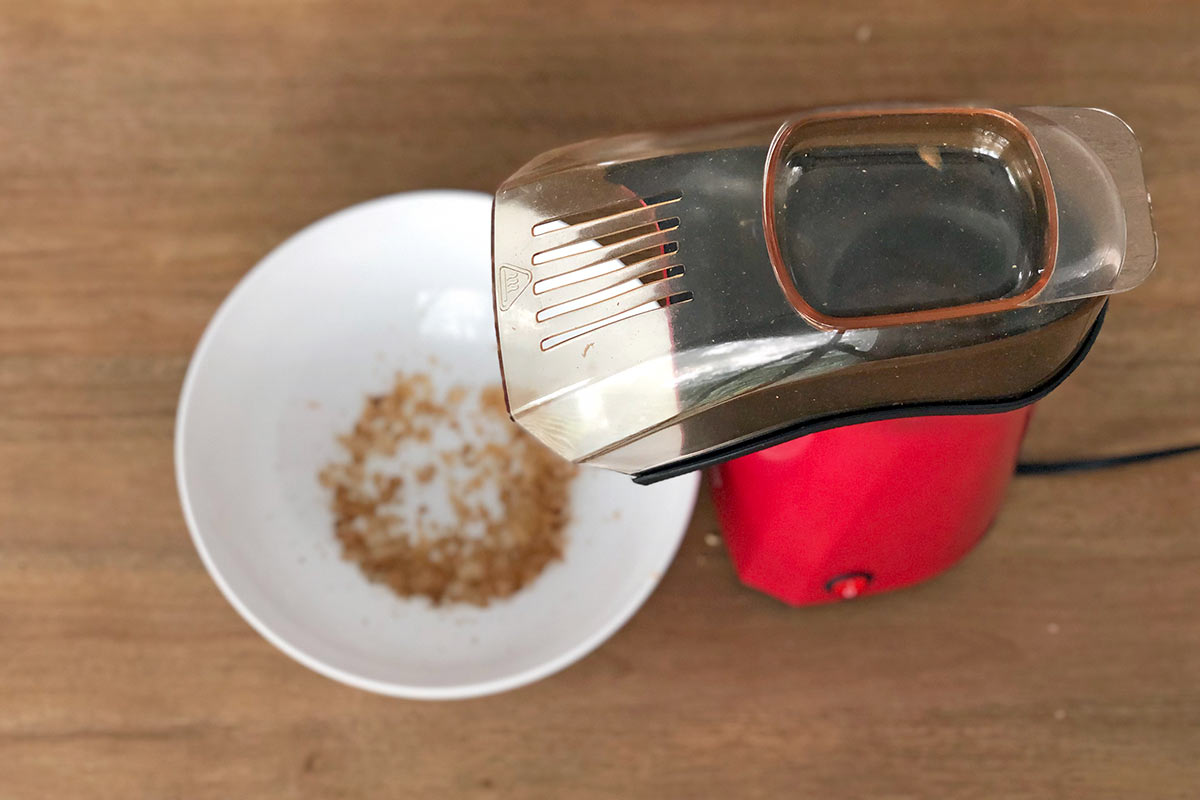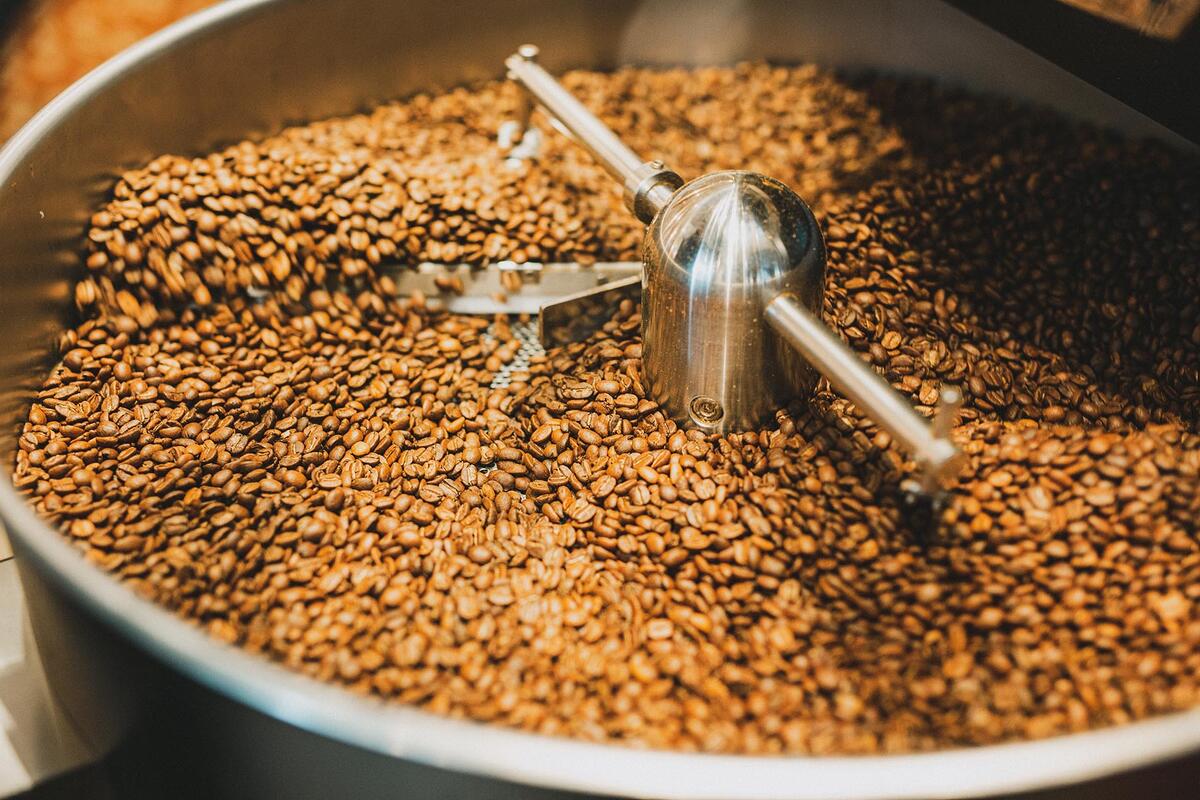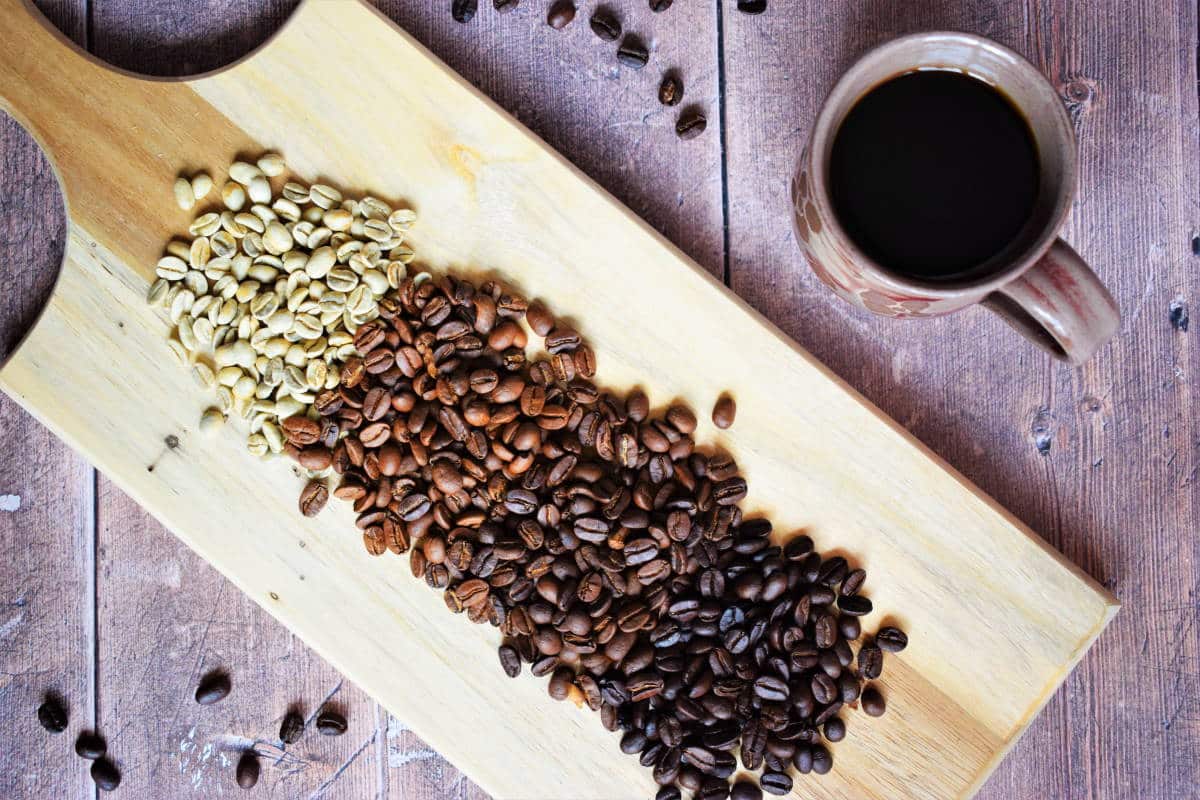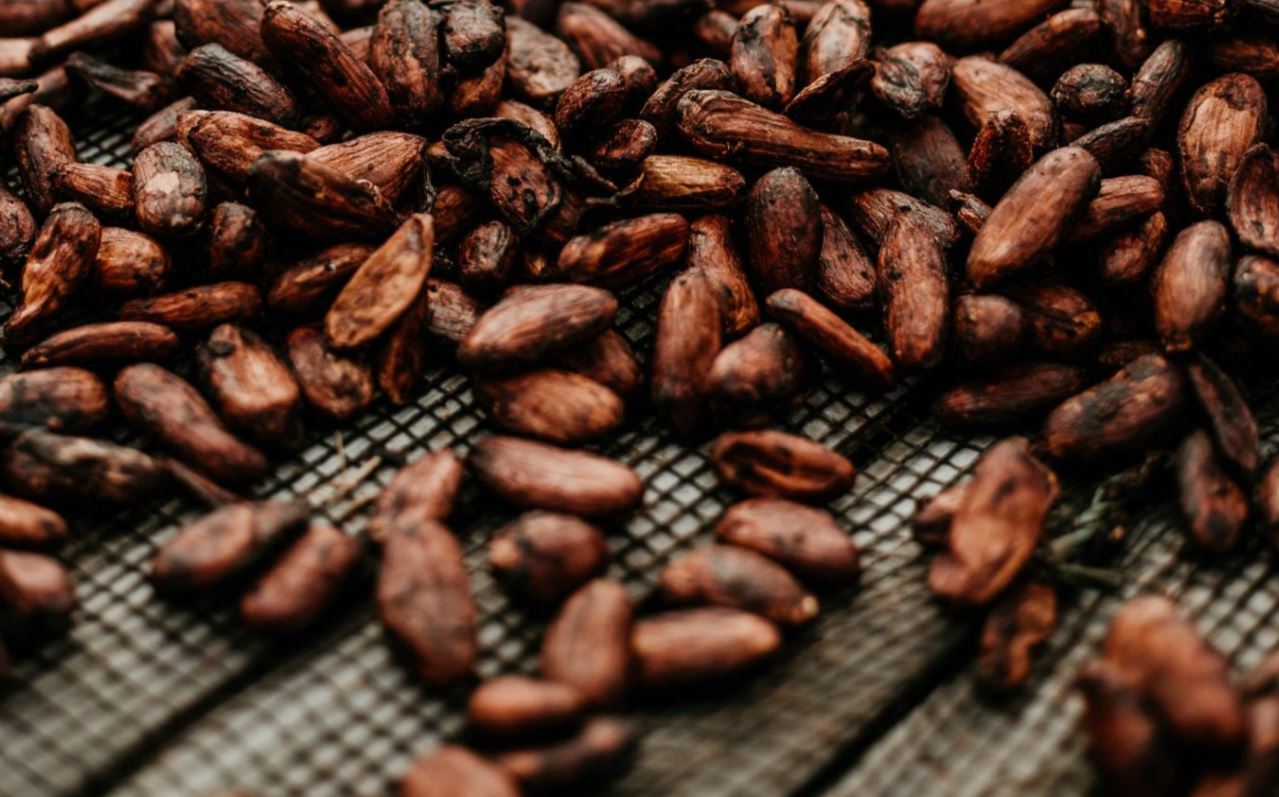Roasting decaf beans might seem like a mystery to many, but it's an art form that coffee enthusiasts can master with a bit of guidance. Decaf doesn't mean devoid of flavor; in fact, with the right technique, you can bring out rich, complex profiles that rival their caffeinated counterparts. This process involves careful temperature control and timing to ensure the beans don't lose their essence. Whether you're a seasoned roaster looking to expand your repertoire or a home brewer eager to experiment, understanding how to roast decaf beans properly can transform your coffee experience. Let's dive into the nuances of roasting decaf beans, ensuring every cup is as satisfying as it is aromatic.
Essential Ingredients for Roasting Decaf Beans
- Decaf coffee beans
- Olive oil or another preferred light cooking oil
- Salt, optional
- Your choice of herbs or spices, optional
Must-Have Tools for Decaf Bean Roasting
- Oven or Coffee Roaster
- Baking Sheet (if using an oven)
- Cooling Rack
- Coffee Grinder
- Thermometer (preferably digital)
- Timer
- Airtight Container for Storage
Roasting decaf beans requires lower temperatures than regular ones, aiming for a light to medium roast to preserve flavor. Monitor closely, as they roast faster due to prior processing.
The Importance of Roasting Decaf Beans
Roasting decaf beans is a craft that transforms the flavor profile of coffee, making it smoother and less acidic. This process is crucial for coffee lovers who are sensitive to caffeine but still crave that rich, aromatic cup. Through careful roasting, decaf coffee becomes a delightful alternative, offering a full-bodied taste without the caffeine kick.
Decaffeination doesn't mean compromising on taste. Mastering the roasting of decaf beans ensures that every sip is as satisfying as its caffeinated counterpart. This method is about preserving the bean's natural flavors while eliminating caffeine, proving that decaf coffee can stand tall among traditional brews in both aroma and taste.
Your Step-by-Step Guide to Roasting Decaf Beans
Roasting Decaf Beans: A Step-by-Step Guide
-
Select Quality Decaf Beans: Opt for high-quality, water-processed decaf beans for the best flavor.
-
Preheat Roaster: Warm up your coffee roaster to the appropriate temperature, typically between 350°F and 400°F.
-
Measure Beans: Weigh out the desired amount of decaf beans. Consistency is key for even roasting.
-
Load Beans into Roaster: Carefully place beans in the roaster, ensuring an even spread.
-
Monitor Roasting Process: Keep a close eye on the beans as they roast. Decaf beans will roast faster due to their lower density.
-
Listen for First Crack: Pay attention for the "first crack," a sign that roasting has begun. This occurs roughly 3 to 5 minutes into roasting.
-
Adjust Temperature if Needed: Depending on the roast level you're aiming for, adjust the temperature accordingly. Lower for lighter roasts, higher for darker.
-
Check Bean Color: Observe the color change in the beans, from green to yellow to varying shades of brown.
-
Listen for Second Crack: For darker roasts, listen for the "second crack." This indicates a more intense roast.
-
Cool Beans Immediately: Once desired roast level is achieved, remove beans and cool them quickly to stop the roasting process.
-
Stir Beans for Even Cooling: Stir or shake beans in a colander or cooling tray to ensure even cooling.
-
Rest Beans: Allow roasted beans to rest for at least 12 hours. This lets gases escape and flavors to develop.
-
Store Properly: Keep beans in an airtight container away from direct sunlight and moisture to preserve freshness.
Tips for Success
-
Keep Records: Note down roast times, temperatures, and outcomes to replicate or adjust in future roasting sessions.
-
Roast Small Batches: Smaller batches allow for more control and experimentation with roast levels.
-
Clean Equipment Regularly: Maintain your roaster and other equipment to ensure consistent results and safety.
-
Experiment: Don't be afraid to try different roast profiles to find what best suits your taste.
Mastering the Art of Decaf
Roasting decaf beans is an art that requires patience, precision, and passion. Whether you're a coffee aficionado or someone who enjoys a good cup without the caffeine buzz, mastering this skill can elevate your coffee experience. Remember, start with high-quality green decaf beans, choose the right roasting method for your taste, and pay close attention to the color and aroma during the process. Experimenting with different roasting times and temperatures will help you find the perfect profile that suits your palate. And don't forget, practice makes perfect. So, keep roasting, tasting, and adjusting until you brew a cup that's just right for you. With these tips in hand, you're well on your way to becoming a decaf roasting pro.
All Your Questions About Decaf Bean Roasting Answered
How do you select quality decaf beans for roasting?
Choosing top-notch decaf beans starts with looking for beans that have undergone the Swiss Water Process or Carbon Dioxide Method, as these methods preserve the bean's flavor without using harsh chemicals. Also, opt for beans that are uniform in size and color, which indicates careful selection and processing.
What's the ideal temperature for roasting decaf beans?
Decaf beans are a bit trickier to roast due to their lower caffeine content and altered structure. Aim for a temperature range between 370°F (188°C) and 540°F (282°C). Starting on the lower end helps prevent the beans from burning, as they tend to roast faster than regular beans.
How long should I roast decaf beans?
Roasting time can vary based on your desired roast level. For a light roast, aim for 7-10 minutes. Medium roasts usually take 10-15 minutes, and dark roasts can go from 12 to 20 minutes. Keep a close eye on the color change and listen for the first and second cracks to judge the roast level.
Can I roast decaf beans in a regular coffee roaster?
Absolutely, you can use a standard coffee roaster for decaf beans. Just remember that they might roast a bit faster than their caffeinated counterparts, so adjustments in timing and temperature may be necessary.
What's the best way to store roasted decaf beans?
After roasting, let the decaf beans cool down and degas for about 48 hours in an open container. Then, transfer them to an airtight container and store in a cool, dark place. Proper storage helps maintain their freshness and flavor for longer.
How can I tell if I've properly roasted my decaf beans?
Properly roasted decaf beans should have a uniform color, with no visible scorching or uneven spots. They'll also emit a rich, inviting aroma. For the best flavor, use them within two weeks of roasting, as this is when they're at their peak.
Is there a difference in taste between decaf beans roasted at home and those bought pre-roasted?
Home-roasted decaf beans often have a fresher, more vibrant flavor profile compared to pre-roasted options. This is because you have control over the roast level and can use the beans at their peak freshness. Pre-roasted beans, while convenient, may lose some of their nuances over time.
Was this page helpful?
Read Next: How To Roast Duck Chinese Style
